The first building that comes to mind when you hear Rome is the Colosseum. I think it is one of the most iconic buildings in the world and we can often see this incredible building in various films. Of course we had to go and visit it in person. It would be pointless to be in Rome without visiting the Colosseum. It is much bigger and more beautiful in person, it will take your breath away and you will forget everything as soon as you step inside the Colosseum. Rome is worth going to just for the Colosseum, but believe me, you won’t know what else to see and visit there. This city left a very strong impression on me, and I believe it will on you too.
Let’s take a look around the Colosseum and learn something about its history.
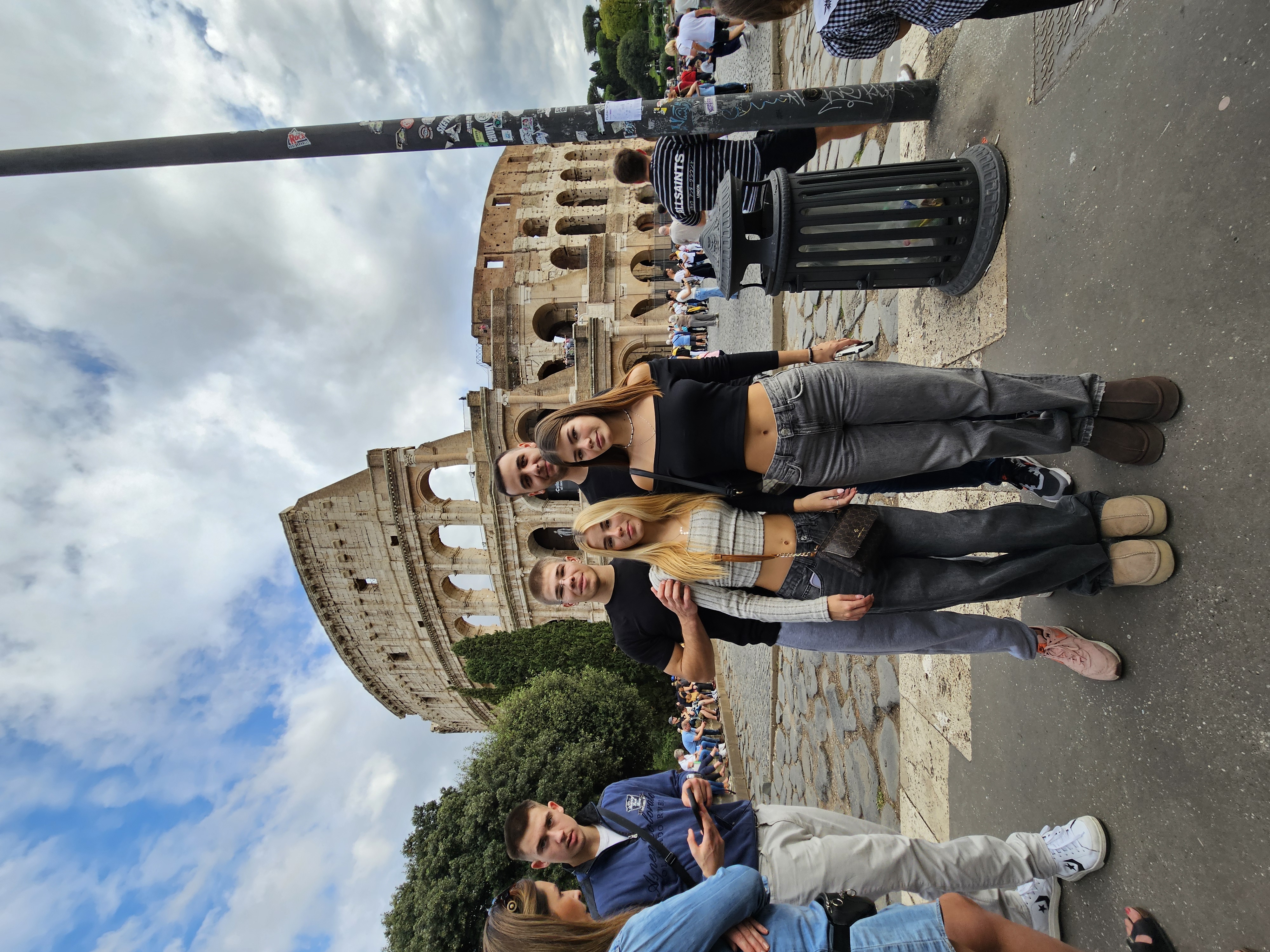
Here is a group photo before the tour itself :D
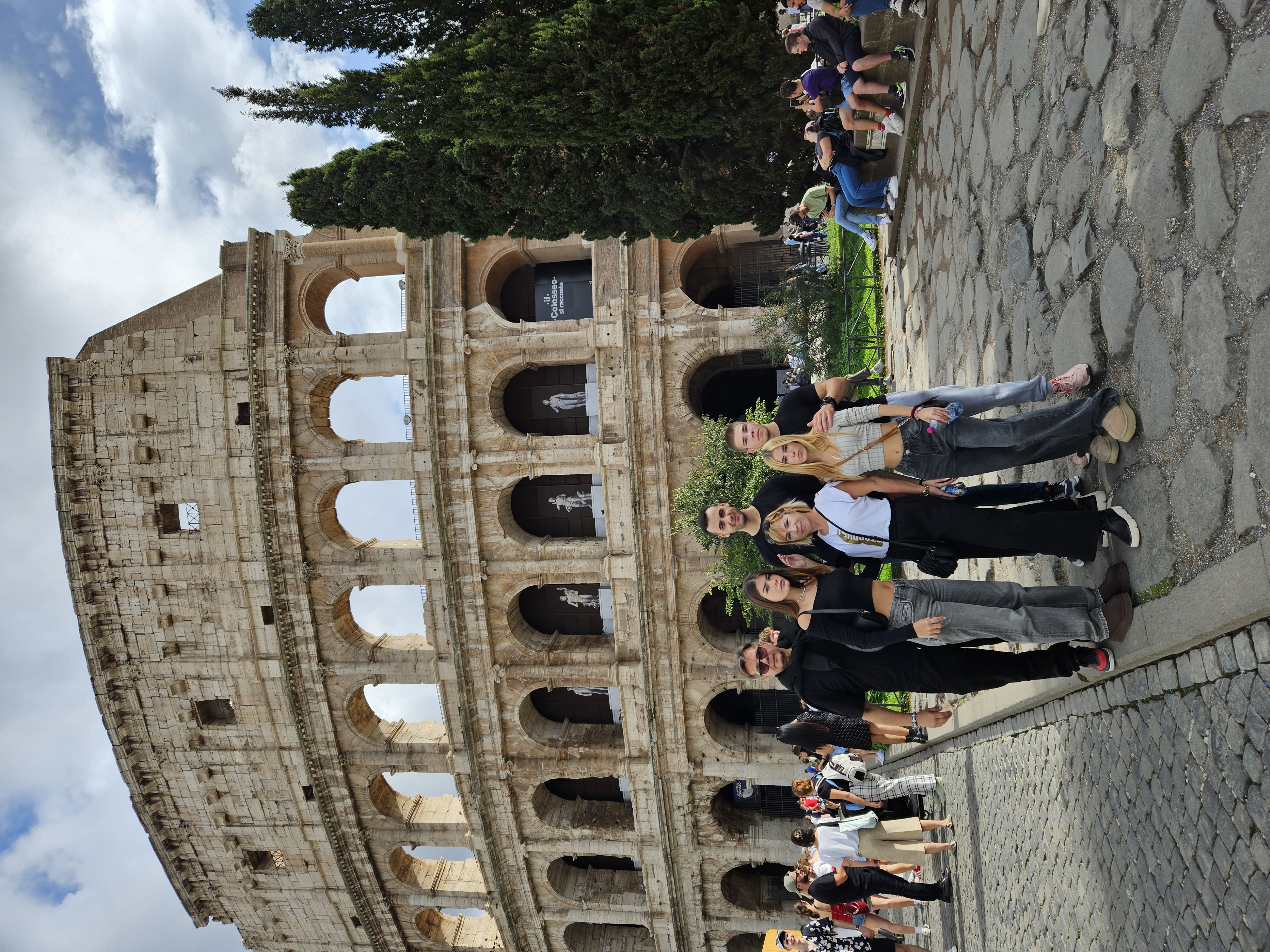
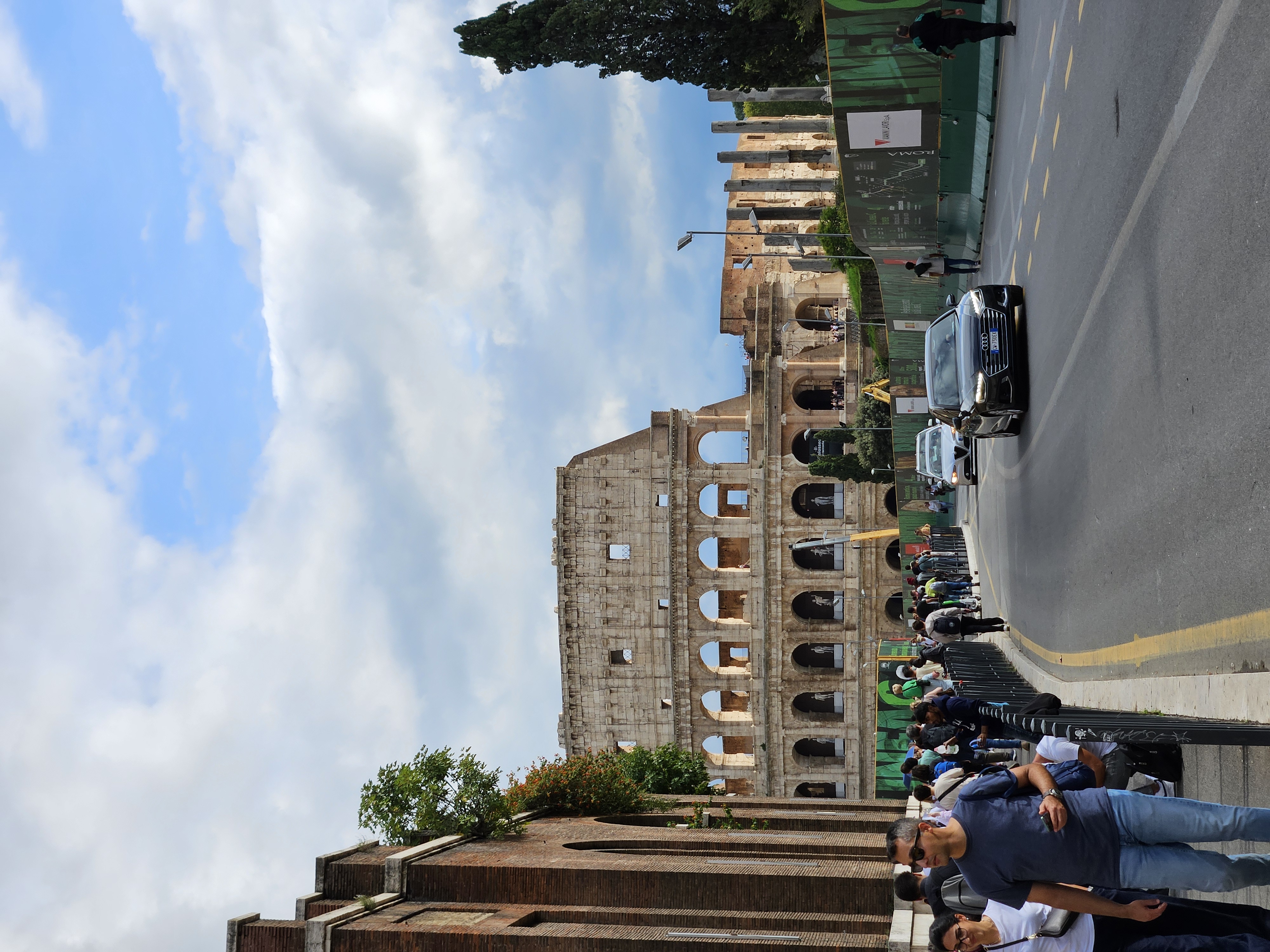
The Colosseum, or as we often call it the "Amphitheater of the Flavians", is one of the largest and most famous works of ancient Roman architecture. Located in the very center of Rome, this monumental building was the place where gladiator fights, fights with beasts, but also various other forms of public spectacles took place. It was built between 70 and 80 AD, during the reign of Emperor Vespasian and his son Titus, and was completed under Emperor Domitian.
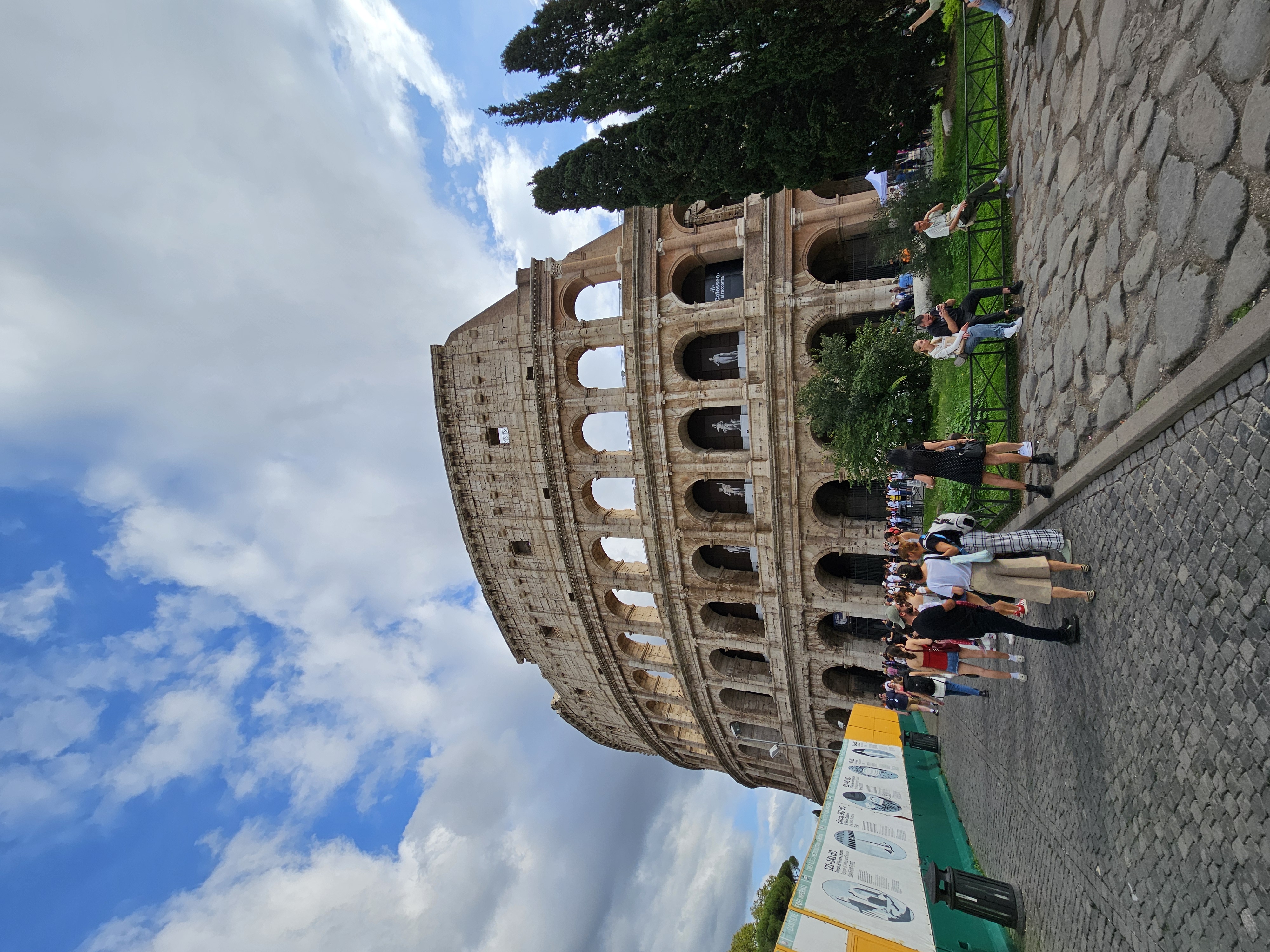
What is particularly striking about the Colosseum is not only its size, but also its functionality and sophistication. The amphitheater could accommodate about 50,000 spectators, which is almost equivalent to today's sports stadium. It was built of concrete, stone and brick, and its structure was extremely stable, which allowed it to survive for centuries. The Colosseum itself was actually a symbol of Rome's power - both military and cultural. Through it, the Romans displayed their supremacy, using bloody and violent games to entertain the people and show the strength of their empire.
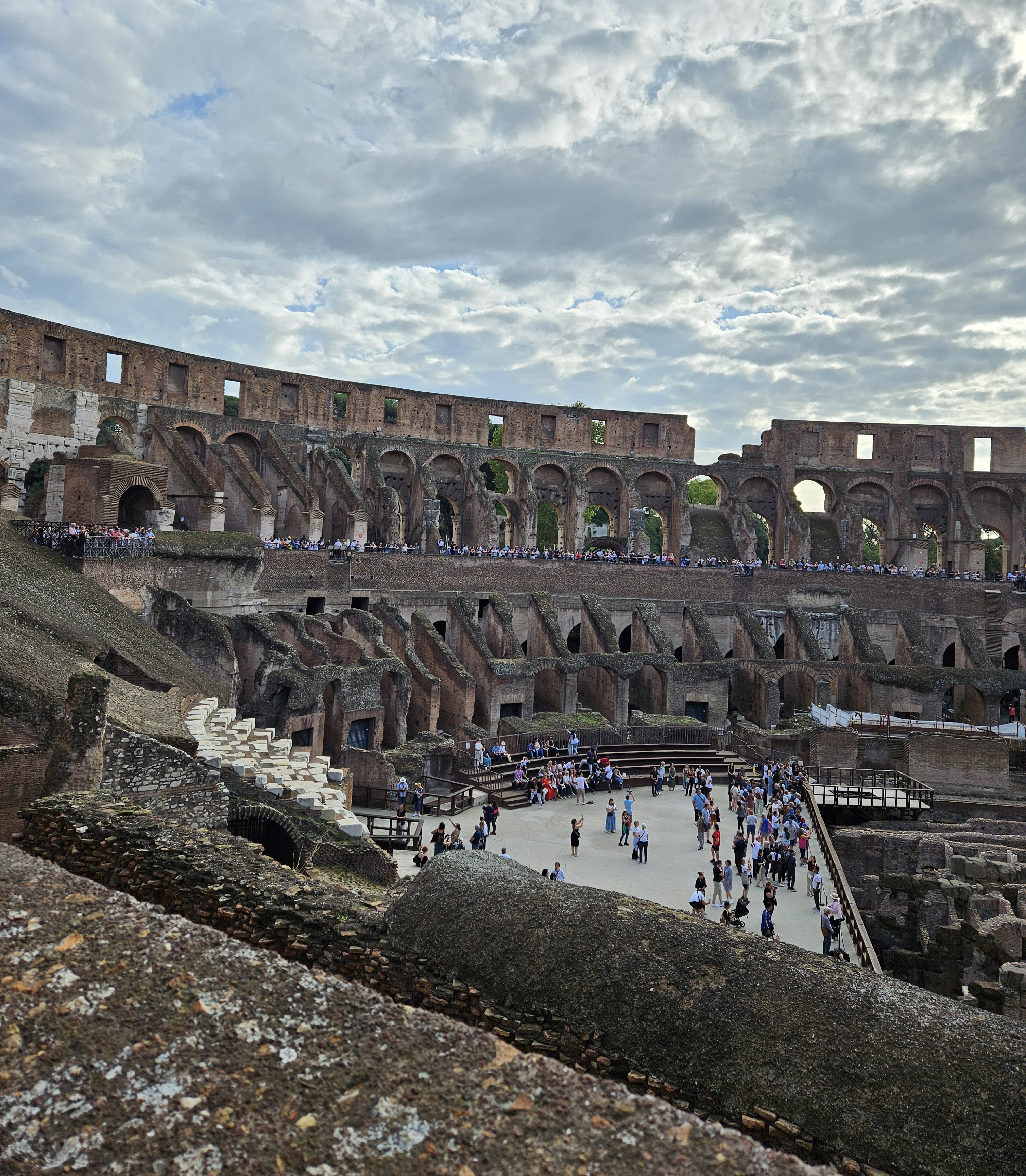
However, the Colosseum was much more than just a fighting arena. This space was a real representation of the power of Rome - within its walls, spectators witnessed the dramas of battles, both people against people and people against wild beasts. Gladiator fights were part of Roman social life, and the Colosseum became their symbol. Gladiators, although often slaves, were worshiped as heroes, and the fights were events of great importance to the Roman public.
Although it has suffered numerous earthquakes, vandalism and looting over the centuries, the Colosseum still stands as a witness to one of the greatest empires in history. Today, this is a world heritage site, not only because of its size, but also because of the importance it had in the history of human civilization. The Colosseum became an icon, not only of Rome, but of the very idea of struggle, courage and the fighting nature of the human spirit.

The Colosseum, which has become one of the most recognizable symbols of Rome over the centuries, has a rich history, which did not end when the last battles ended in its arena. Its construction, importance and subsequent decline shaped its history and left a deep mark on the development of Rome and the entire European history.
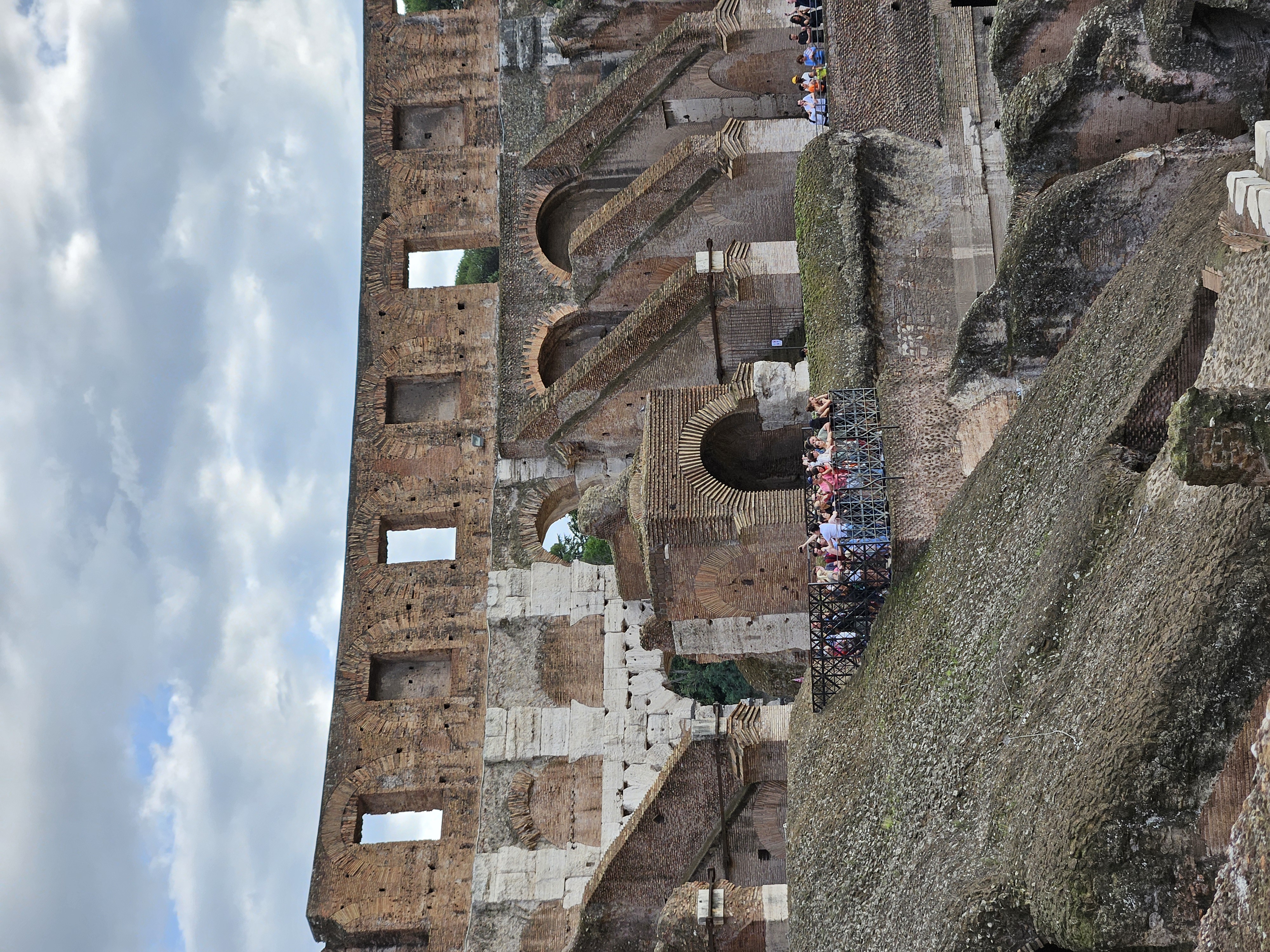
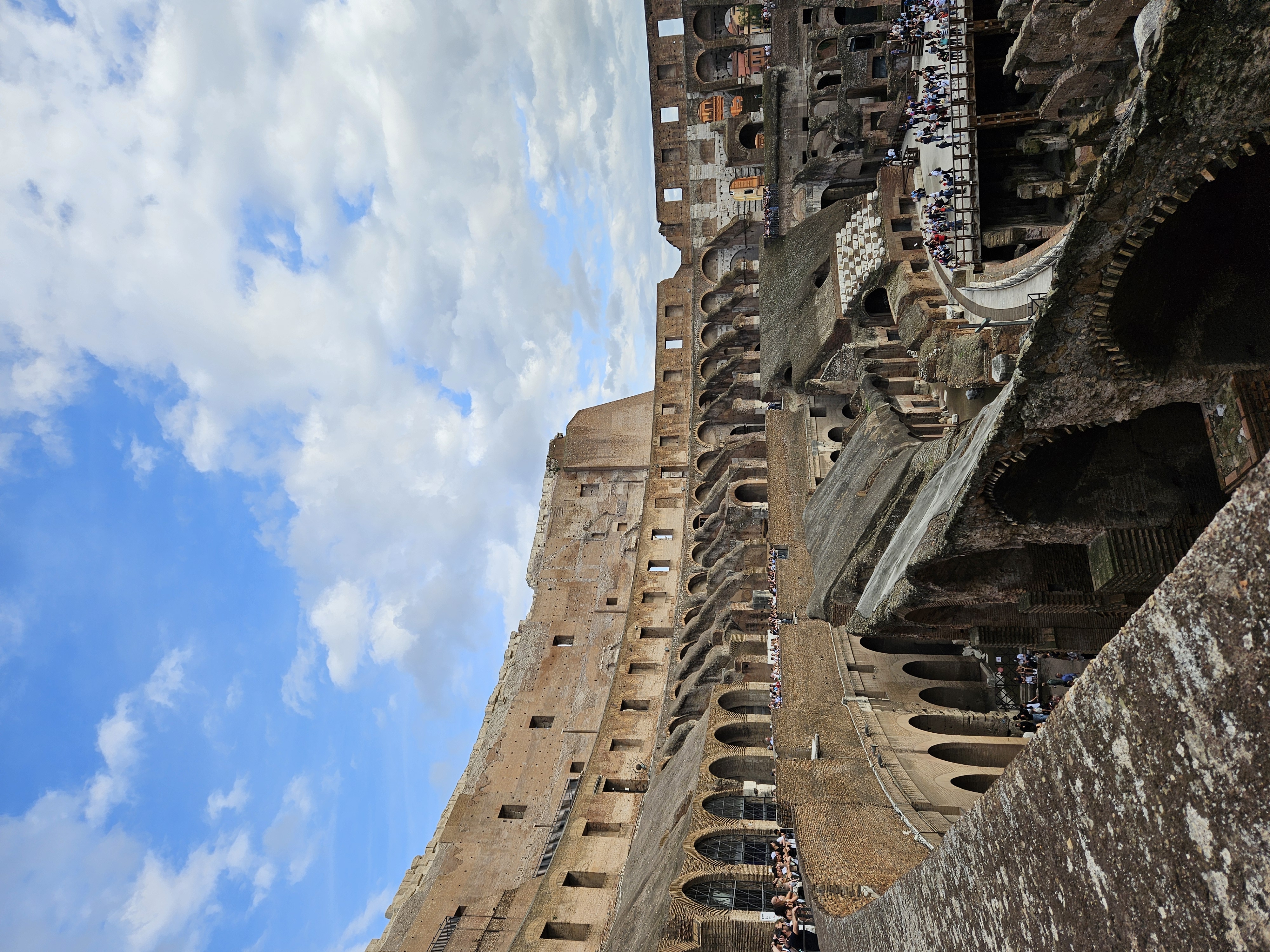
Construction and original function
Construction of the Colosseum began in AD 70, under the emperor Vespasian, as part of his political strategy to regain popularity and create a striking symbol of power. The construction lasted about 10 years, and it was completed during the reign of Vespasian's son Titus, in the year 80. The amphitheater was placed on the site of the imperial "Domus Aurea", the grandiose palace complex of Emperor Nero, symbolically suppressing Nero's unpopular regime.
The Colosseum was the center of Roman entertainment life, hosting brutal gladiator fights, evenings of great public games and other spectacular events. Although it is famous for gladiator fights, the Colosseum was also a place for public executions, simulated wars, fights with wild beasts and even naval battles (with a special system of flooding the arena). The players had to imitate the fighting in battles or on land, and the whole spectacles often lasted for days, during which various kinds of events were arranged. Gladiator fights were an opportunity for emperors to gain the sympathy of the people, and events were often organized to mark major political victories or emperors coming to power.
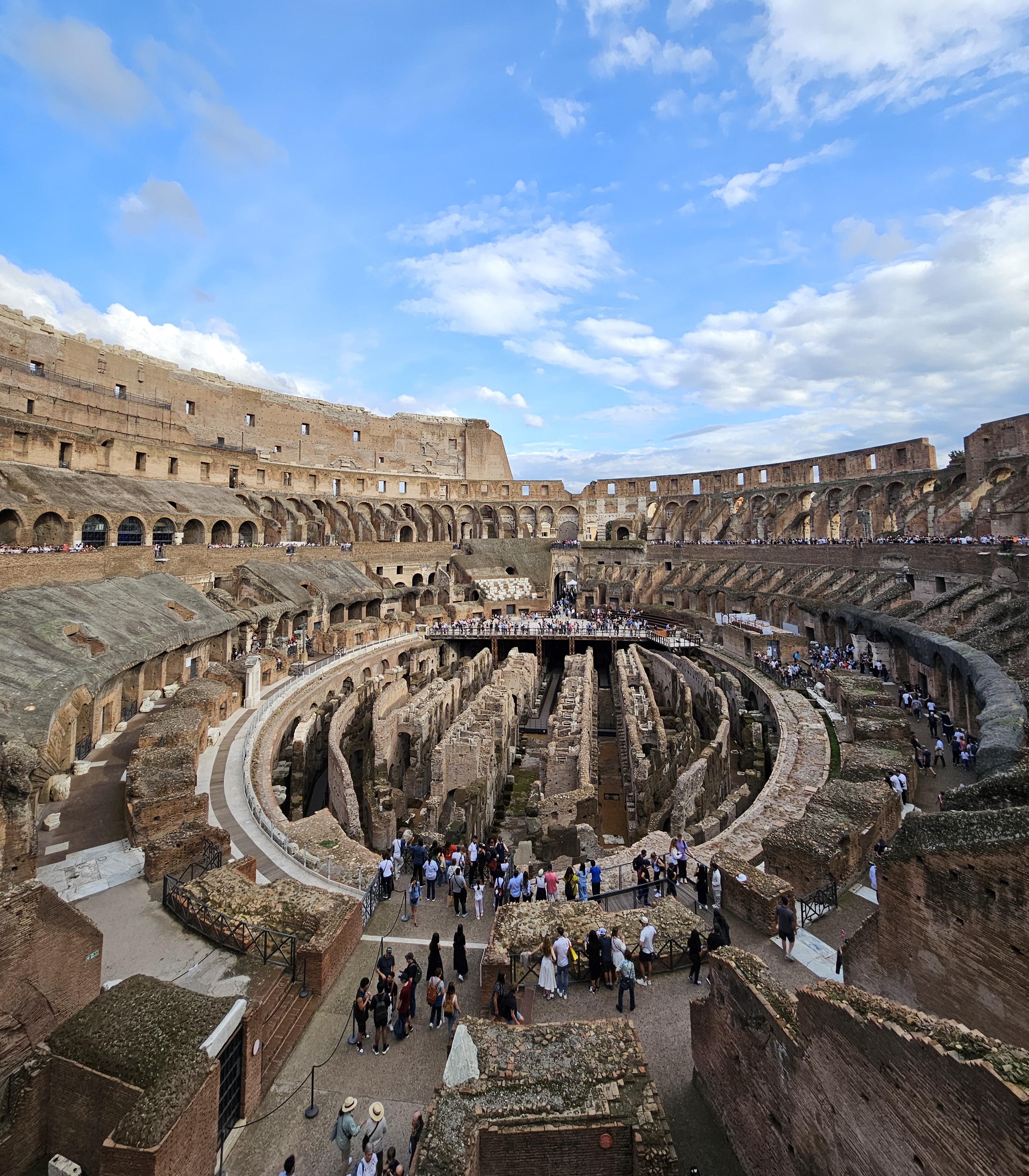
Fall and Pollution
Over the centuries, the Colosseum has undergone numerous changes. In the Middle Ages, the amphitheater abandoned its original function. In the 5th century, when Rome began to retreat before the invasion of barbarian tribes, the Colosseum began to decline. Gladiator fights gradually ceased, and the place became less and less relevant. At that time, the Colosseum was subjected to various forms of looting and destruction. Many of its materials were removed and used to build other structures, such as churches, palaces and buildings.
During the Middle Ages, the Colosseum became a construction site for various types of new settlements, and during the Renaissance it turned into a real construction site. It occasionally served as a fortress, and later as a quarry. Nevertheless, it survived through the centuries, although it was largely destroyed by earthquakes in 847 and 1349, when a large earthquake almost completely collapsed the southern part of the amphitheater.
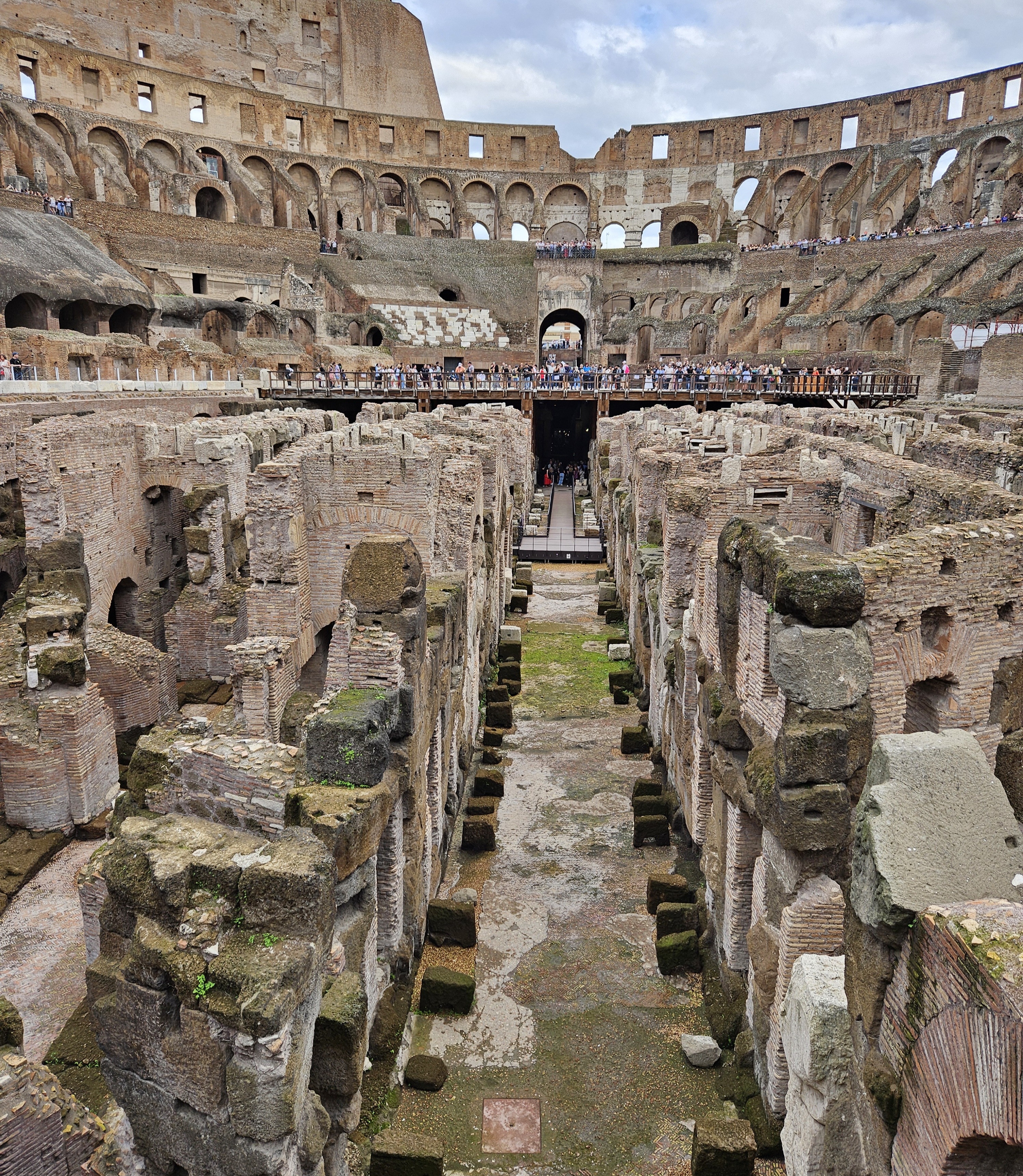
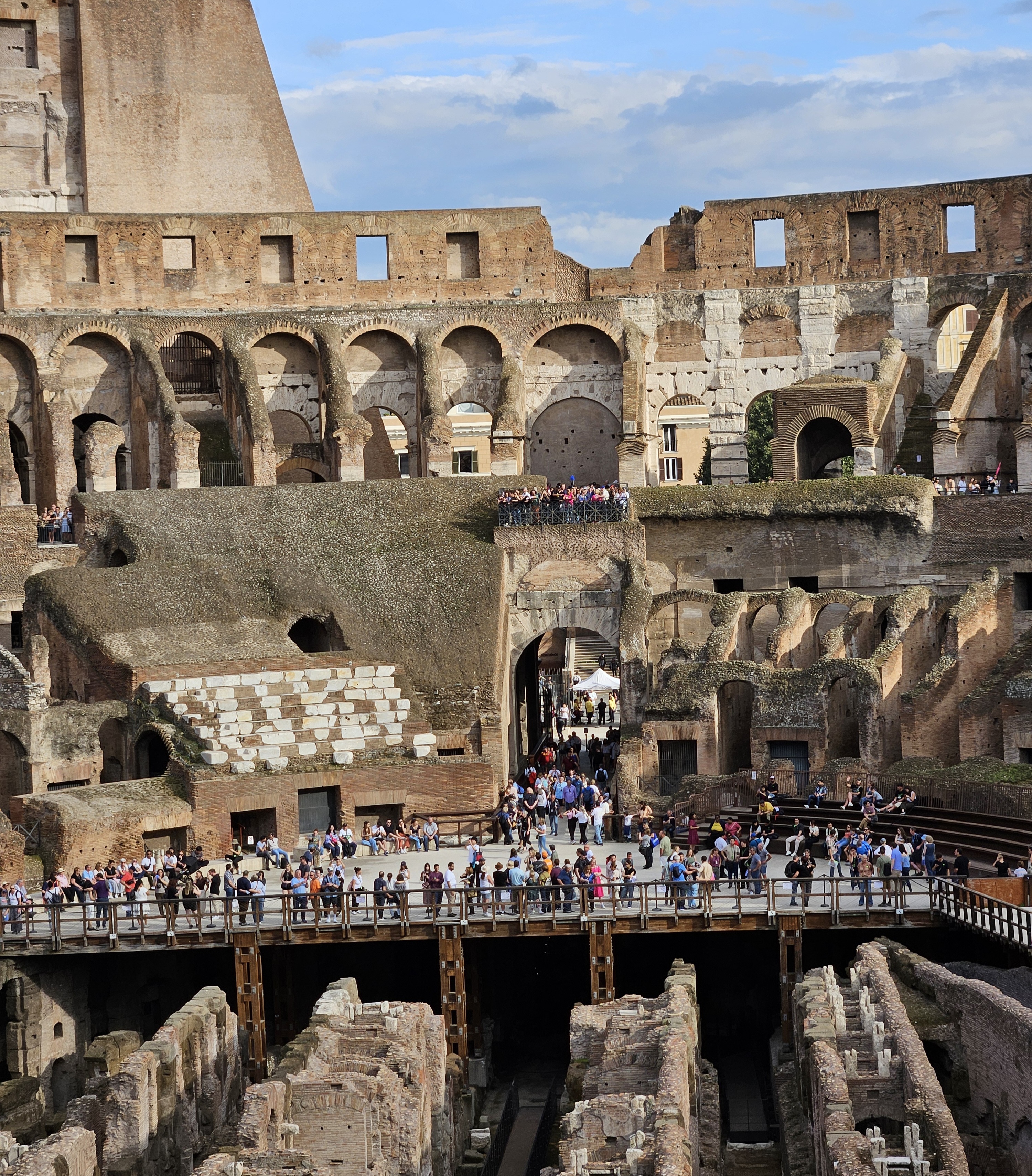
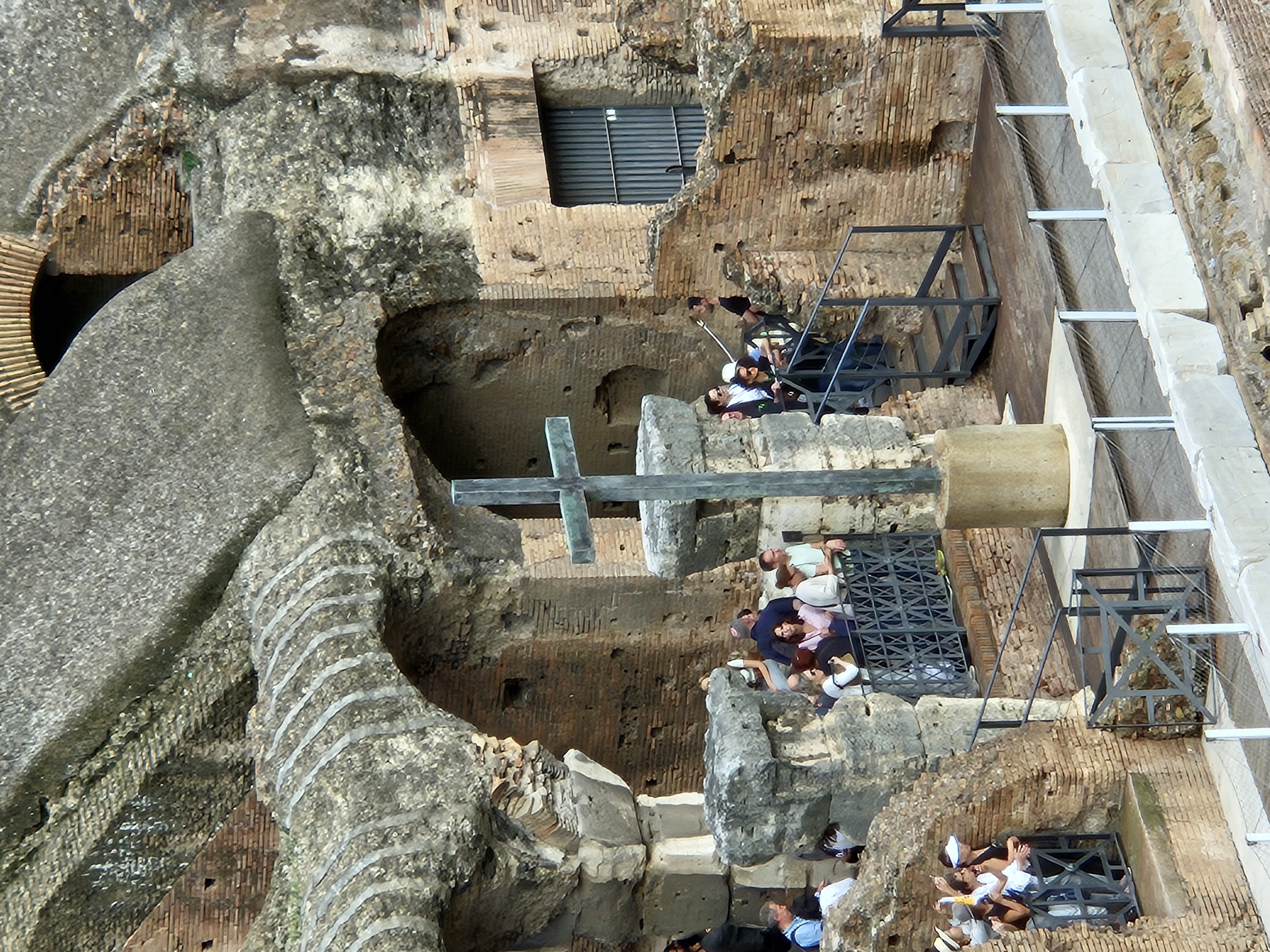
Religious significance and later period
In the 18th century, Rome experienced a boom in cultural and religious change. Then the first attempts to preserve the Colosseum began to appear. In the 18th century, the Roman Catholic Church began to see it as a symbol of the suffering of Christ, and placed a cross inside the amphitheater, marking it as a holy place. During the 19th century, under the reign of Pope Benedict XIV, the Colosseum became a place where pilgrimages and processions were held, and it was no longer seen as just a shrine of battles, but as a monument of Christian suffering.
Throughout the 19th and 20th centuries, the Colosseum became the subject of restoration and protection, with the aim of preserving it for future generations. In modern times, the Colosseum has become one of the most visited tourist sites in the world, while it is still studied as a landmark monument of the Roman Empire and a global cultural heritage.
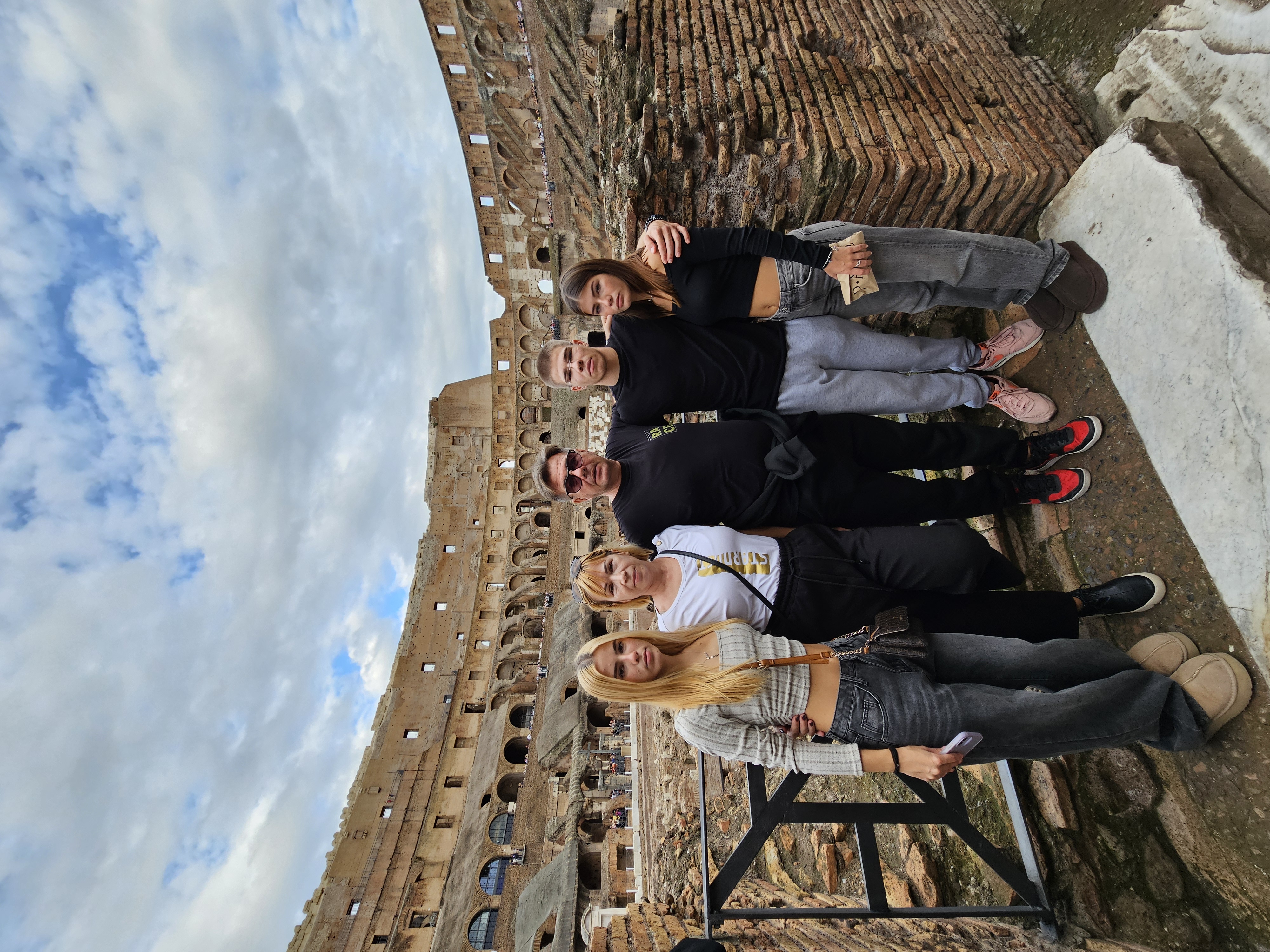
Today and significance
Today, the Colosseum is an unmissable point on the world map of tourism. Every year, millions of visitors come to admire this masterpiece of engineering and architecture. Also, it symbolizes not only the history of Rome, but also a reminder of brutality, as well as the art and engineering of the ancient world. Although it has suffered enormous damage over the centuries, its size, structure and historical significance remain indelible.
Today, the Colosseum is used for various cultural manifestations and concerts, as well as a symbol of the struggle for the protection of cultural heritage. In modern times, it is also under the light of environmental and cultural preservation initiatives, in order to avoid further damage to the monument. The Colosseum is, therefore, not only a monument of the past, but also a living point that testifies to the importance of the history and heritage of human civilization.
Congratulations @sniki003! You received a bright smile from TravelFeed. Our eyes were beaming while reading your post. 😁
Thanks for using TravelFeed!
@for91days (TravelFeed team)
PS: Did you know that we have our own Hive frontend at TravelFeed.com? For your next travel post, log in to TravelFeed with Hive Keychain or Hivesigner and take advantage of our exclusive features for travel bloggers.
You can check out this post and your own profile on the map. Be part of the Worldmappin Community and join our Discord Channel to get in touch with other travelers, ask questions or just be updated on our latest features.
Congratulations, your post has been added to the TravelFeed Map! 🎉🥳🌴
Did you know you have your own profile map?
And every post has their own map too!
Want to have your post on the map too?
- Go to TravelFeed Map
- Click the create pin button
- Drag the marker to where your post should be. Zoom in if needed or use the search bar (top right).
- Copy and paste the generated code in your post (any Hive frontend)
- Or login with Hive Keychain or Hivesigner and click "create post" to post to Hive directly from TravelFeed
- Congrats, your post is now on the map!
PS: You can import your previous Pinmapple posts to the TravelFeed map.Opt Out
Travel Digest #2422.
Become part of our travel community:
- Join our Discord
Hiya, @ybanezkim26 here, just swinging by to let you know that this post made it into our Top 3 in Your post has been manually curated by the @worldmappin team. If you like what we're doing, please drop by to check out all the rest of today's great posts and consider supporting other authors like yourself and us so we can keep the project going!